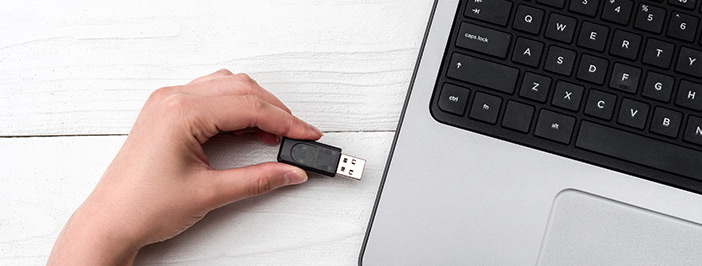How to create a disaster recovery plan for your small business
From natural disasters to cyber attacks, a wide range of different emergencies can cripple the technological infrastructure that drives modern businesses. When such events happen, it’s essential to have a disaster recovery plan in place in order to get your business back up and running as quickly as possible.
Unfortunately, some 75% of small businesses have no plan to help them recover from a major disaster. Here are the basic steps you need to take to create a disaster recovery plan for your small business.
Create a comprehensive listing of your IT infrastructure
It may come as no surprise that one of the most important steps in disaster recovery planning is to create a complete inventory of your IT assets. These assets will include both software and hardware, as well as the data on which your business depends. As you create your disaster recovery plan, you should develop plans for protecting or restoring function to all of these various assets.
Determine how much downtime is acceptable for your business
The amount of downtime your business can withstand will depend heavily on what kind of business it is. E-commerce and digital service companies, for instance, will have much less tolerance for downtime than a small home contracting business. When creating your disaster recovery plan, it’s important that you know how much downtime your business can cope with.
Keep in mind that the amount of downtime you can tolerate may vary between different IT assets. To determine what assets are most important to your business and how much downtime is acceptable for those assets, it’s a good idea to conduct a business impact analysis.
Create a solid plan for backing up your data
Where data is concerned, it’s important that you have a reliable data backup system in place to ensure that critical information isn’t lost during a disaster. Roughly 60% of small companies that suffer major data losses go out of business within six months, a fact that clearly illustrates just how important it is to include data in your disaster recovery plan.
With a BDR plan, you can protect your business from data losses that could prove devastating.
Determine who will do what when disaster strikes
In order for your recovery plan to be successful, the members of your staff need to know exactly what they are supposed to do when the plan goes into effect. Be sure to have clear roles for all of your staff members, as well as a written copy of the disaster recovery plan that your employees can reference.
Be sure to test your disaster recovery plan
The final step in crafting your disaster recovery plan is to actively test it. Get the relevant members of your team to practice the actions they would take during a real disaster. You can test on a completely parallel network or by simulating a disaster recovery scenario in your existing network. Testing your disaster recovery plan will help you decide whether it will work properly in a real crisis. As an added bonus, you’ll likely find potential areas for improvement. It’s also a good idea to test your data backups, as these backups will be a key component of your broader recovery plan.
By following these steps, you can begin to build a disaster recovery plan for your business. Keep in mind that your company’s ideal recovery plan will be as unique as the business itself. Every business has different needs and resources, both of which should be reflected in a well-constructed recovery plan.





